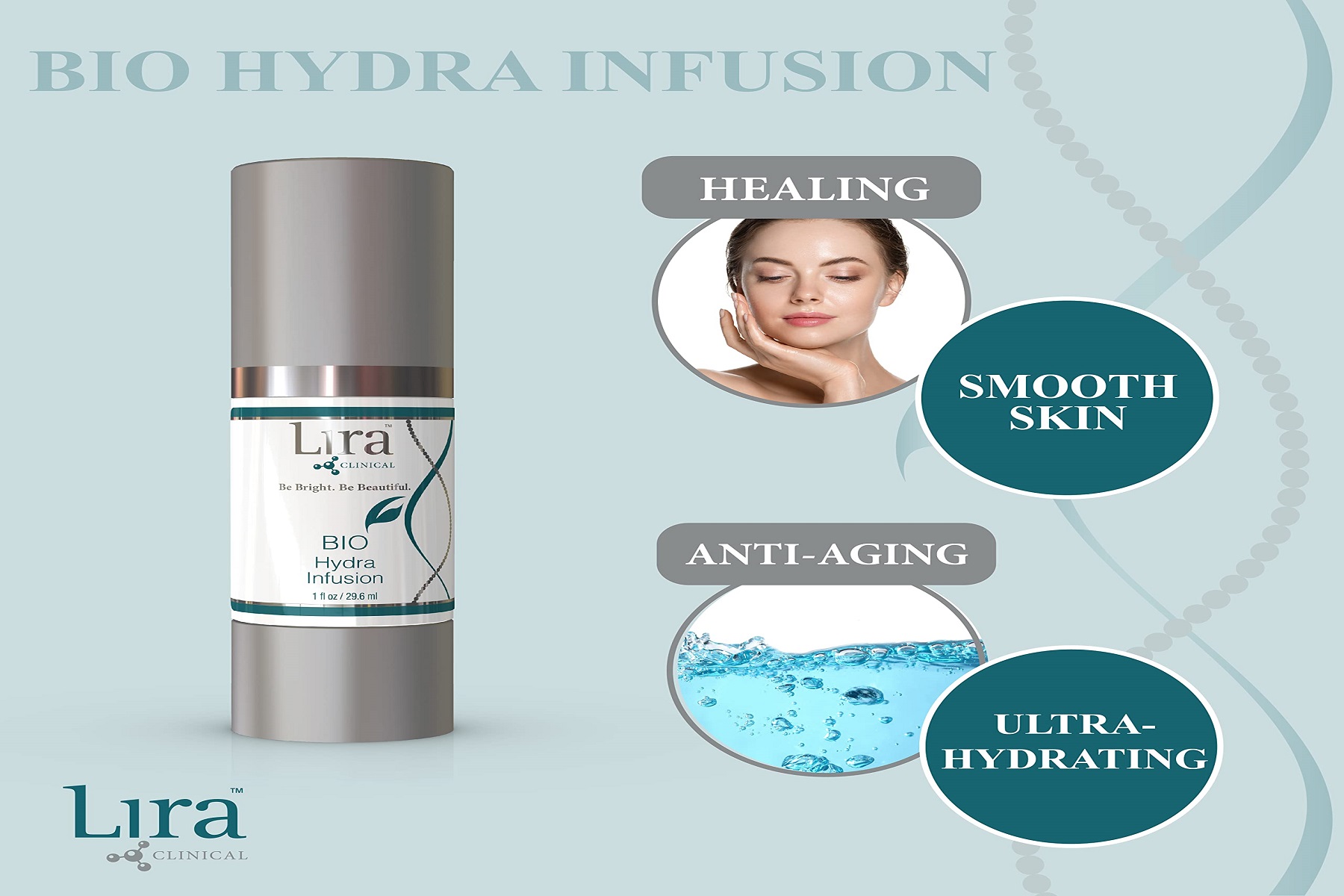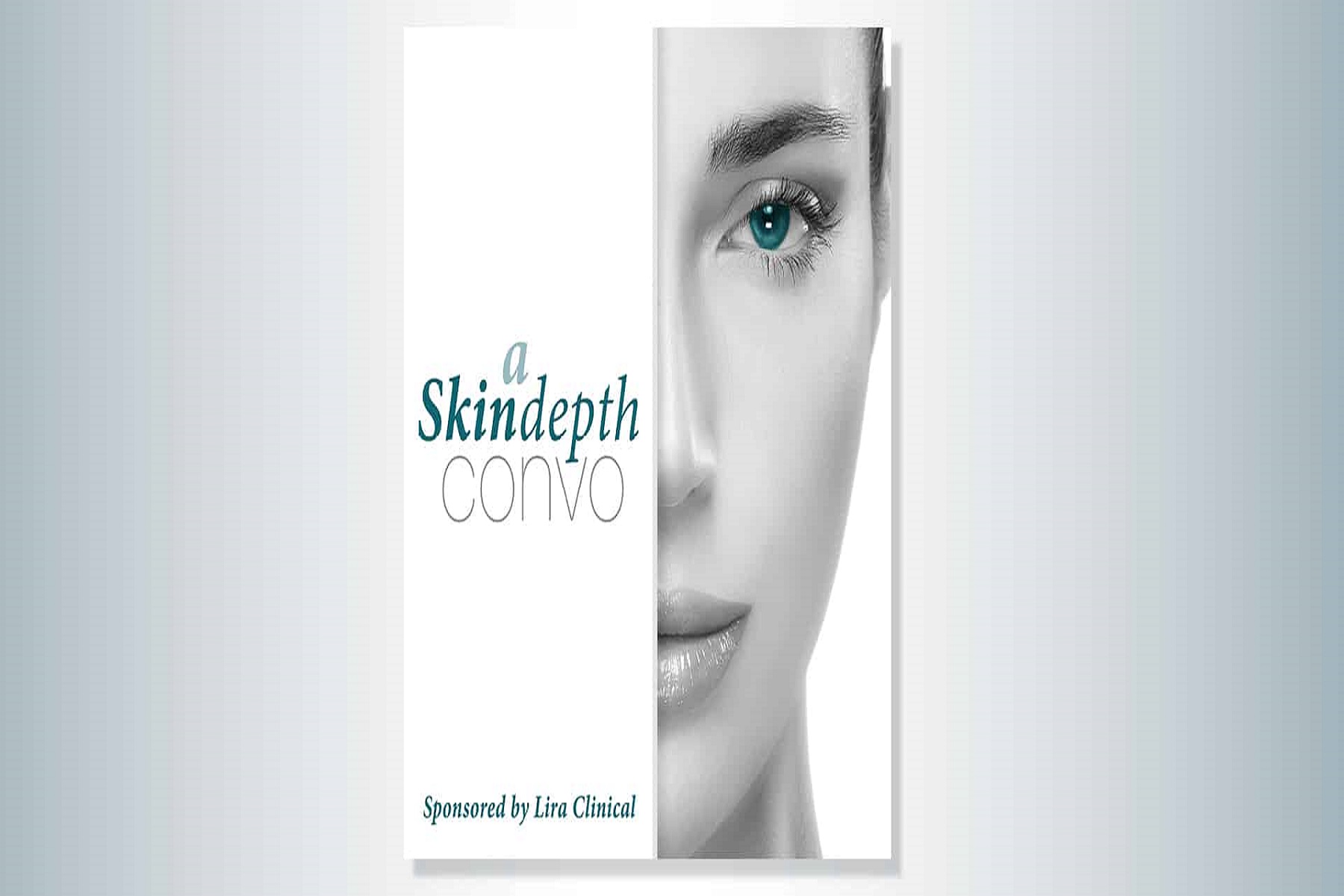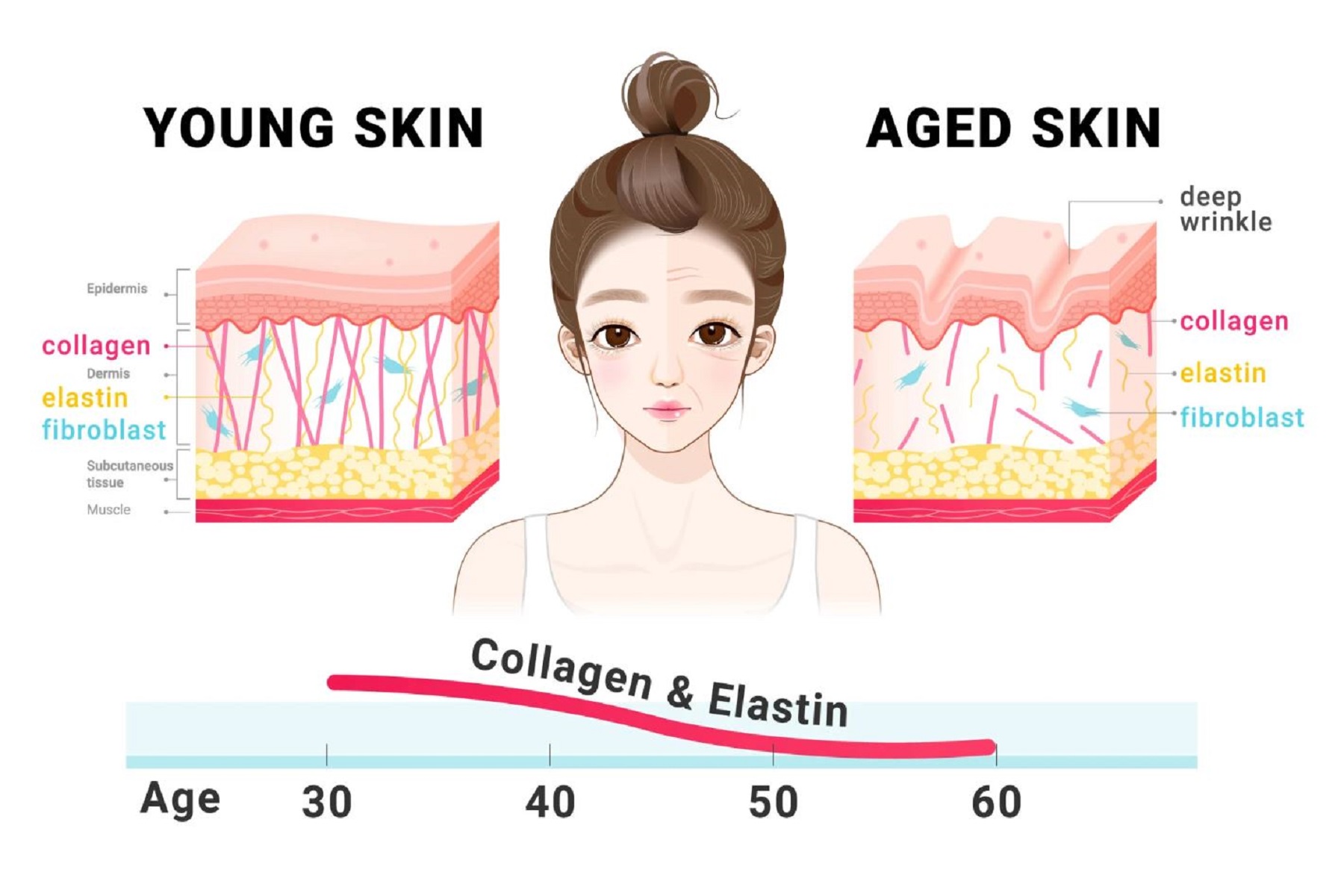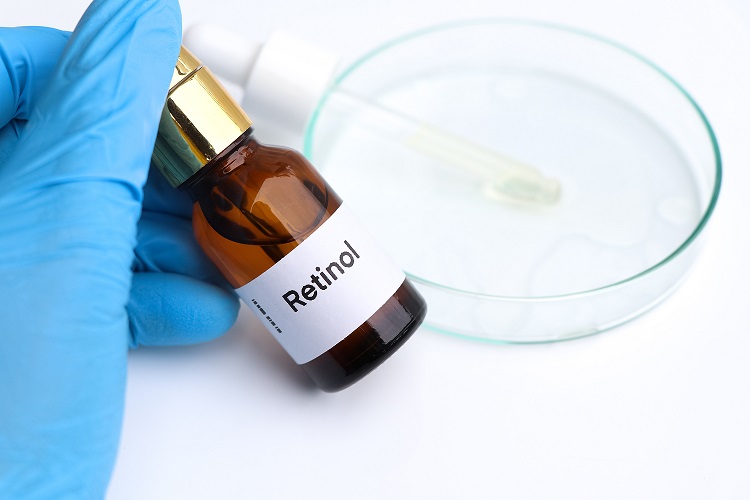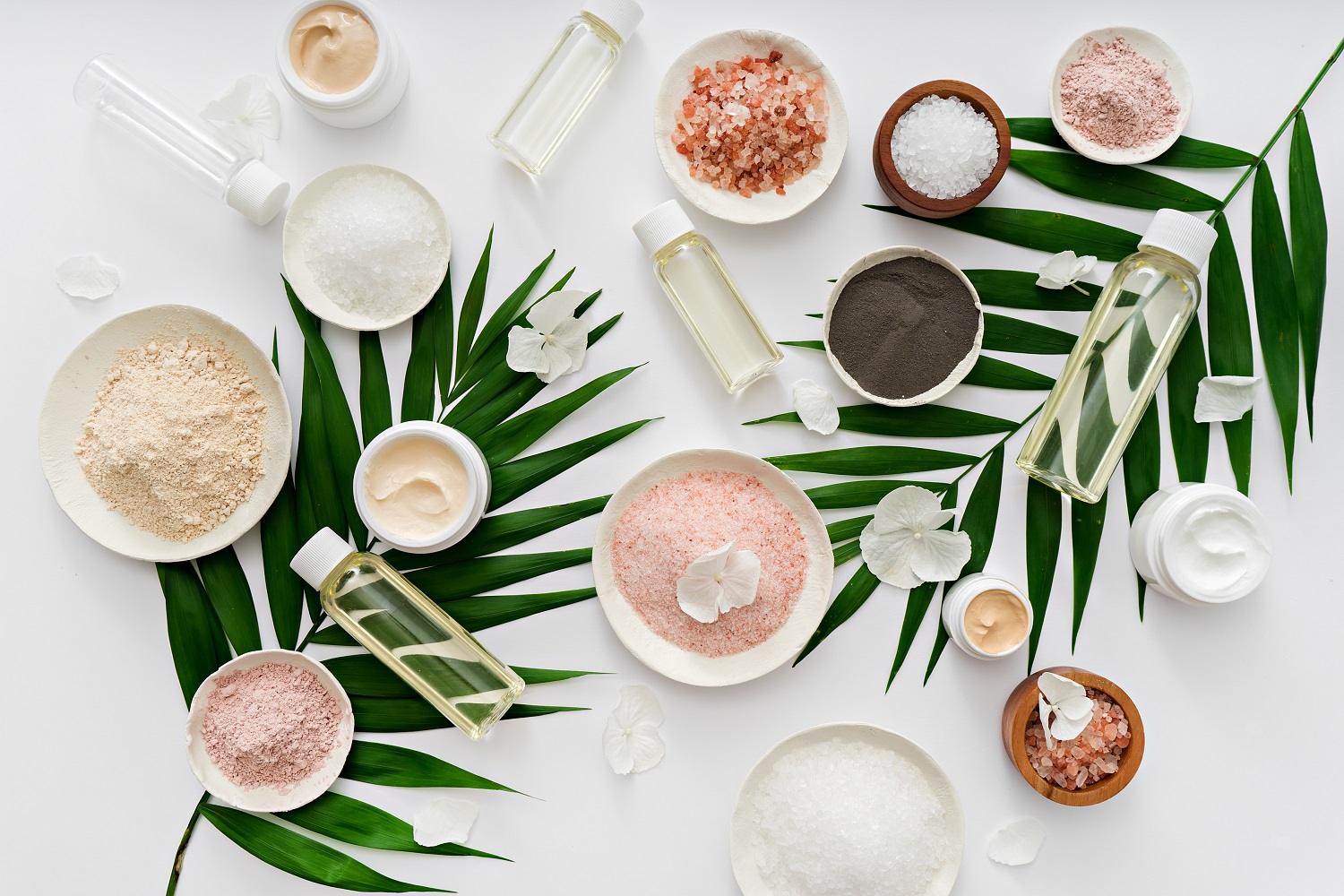Chemical exfoliants play a vital role in skin health, yet some people have a low tolerance for them. They may have a skin condition or a darker Fitzpatrick Skin Type that makes them sensitive to exfoliating ingredients. Many acid solutions are also unsafe for pregnant or nursing mothers. Yet people in these situations would benefit from chemical exfoliants because of how they accelerate cellular turnover.
The process of shedding dead skin cells and creating new ones slows with age, from about a 28-day cycle to a 45-day cycle according to WebMD.
When left unchallenged, dead skin buildup can clog pores, trigger acne breakouts and leave your skin dry and dull-looking, and nobody wants that.
So how can you get benefit from chemical exfoliants without jeopardizing their health? By using a magical ingredient called mandelic acid.
WHAT IS MANDELIC ACID?
A gentle alpha hydroxy acid (AHA) derived from almonds. It was discovered in 1831 by German pharmacist Ferdinand Ludwig Winkler and gets its name from the German word for almond: mandel
In skincare, mandelic acid serves as an:
- Exfoliant: Dissolves and detaches the desmosomes that hold dead skin cells to the epidermis to reveal newer, healthier skin underneath.
- Antibacterial disinfectant: Kills bacteria in the skin to prevent acne, infection and other skin problems.
MANDELIC ACID VS OTHER AHAs
Mandelic acid is one of the largest AHAs–twice the size of glycolic acid. As such, it penetrates the skin slowly, making it much gentler than
other AHAs. This gentle touch lets you use it more frequently to achieve greater results with less risk of irritation.
It’s also oil-soluble, which means it can slip passed the lipid-rich stratum corneum quickly and down into the lower layers of the epidermis,
sometimes even reaching the dermis. This deep penetration allows this powerful AHA to produce long-lasting changes in your skin.
With this combination of gentle and deep penetration, mandelic acid makes it possible for those with sensitive skin or safety concerns
to receive treatments they would otherwise not be able to have.
THE BENEFITS OF MANDELIC ACID
Mandelic acid has proven safe for all Fitzpatricks and skin types as well as expecting or nursing mothers.
This AHA is also inclusive in that you can use it for a variety of skin concerns, often improving these conditions simultaneously.
Here are a few examples of what it can do for the skin:
- REDUCE ACNE
Mandelic acid’s antibacterial properties make it an excellent acne fighter. It kills acne-causing bacteria while also unclogging pores, controlling sebum production, and dissolving blackheads and comedones. A study in 2019 found 30% salicylic acid vs 45% mandelic acid peels are equally effective at treating mild to moderate acne vulgaris. However, mandelic acid is safer and more tolerable with fewer side effects. The study also suggested mandelic acid is better at treating inflammatory lesions. - BRIGHTEN THE SKIN
Mandelic acid breathes life back into the skin by accelerating cellular turnover. As it sheds dead skin cells, it reveals a fresh layer of skin that better reflects light, giving your client a glowing complexion. - COMBAT AGING
A study in 2013 found mandelic acid combats signs of aging by stimulating collagen and elastin production. As the amount of protein increases, the skin becomes firmer and tighter with fewer lines and wrinkles. Mandelic acid also regulates sebumlevels, which helps prevent the dryness you often see in aged skin. - EVEN SKIN TEXTURE
Along with brightening the skin, exfoliation also evens the skin’s texture. Skin becomes uneven when dead cells build up on the surface. By using mandelic acid to remove this buildup, your skin looks and feels so much healthier. - FADE HYPERPIGMENTATION
Ellen Marmur, a board-certified dermatologist, told Allure that mandelic acid is one of the best acid solutions for hyperpigmentation, especially in darker skin tones. It lightens dark spots without killing healthy melanocytes, which would worsen discolored skin.
Use it to reduce hyperpigmentation caused by acne, medication, sun exposure or other factors. - DECREASE REDNESS AND INFLAMMATION
Mandelic acid’s anti-inflammatory properties can provide much-needed relief for eczema, rosacea, and psoriasis. By reducing redness and inflammation, it softens the effects of these chronic skin conditions.
DOES MANDELIC ACID HAVE ANY SIDE EFFECTS?
Like any AHA, mandelic acid can irritate the skin, causing:
• Redness
• Itching
• Swelling
• Tenderness
• Photosensitivity
However, most people tolerate mandelic acid better than other AHAs, so there’s less risk of experiencing these side effects.
HOW TO USE
Generally, you can use cleansers and serums with mandelic acid daily and chemical peels once or twice a week. It all depends on the acid percentage and your tolerance level.
TIPS TO AVOID SKIN IRRITATION
• Start off slow. Use low concentrations of mandelic acid, then build up to higher concentrations as the skin acclimates.
• Avoid over-exfoliation. Using mandelic acid with retinol and other AHAs can dry out the skin. Try alternating between mandelic acid and other exfoliants to avoid irritation.
• Always apply sunscreen after using mandelic acid. Make sure your home care regimen includes a high-quality broad-spectrum sunscreen, such as:
• Hydrating Protection Cream SPF 30
• Moisturizing Protection Cream SPF 30
• Oil-Free Protective Moisturizer SPF 30
Do NOT use mandelic acid if:
• You have an almond allergy
• Patch test shows skin irritation
• Other negative reactions occur
Conclusion
With mandelic acid, you can have oily skin or dry skin, Fitpatrick Skin Type I or VI, acne or rosacea, and you’ll be able to improve your skin
health, which is what you live for!
Add mandelic acid to your treatments and home care regimens and watch it work its magic! You’ll fall inlove with this gentle exfoliant as it reduces acne, aging and hyperpigmentation while brightening and firming the skin at the same time.



